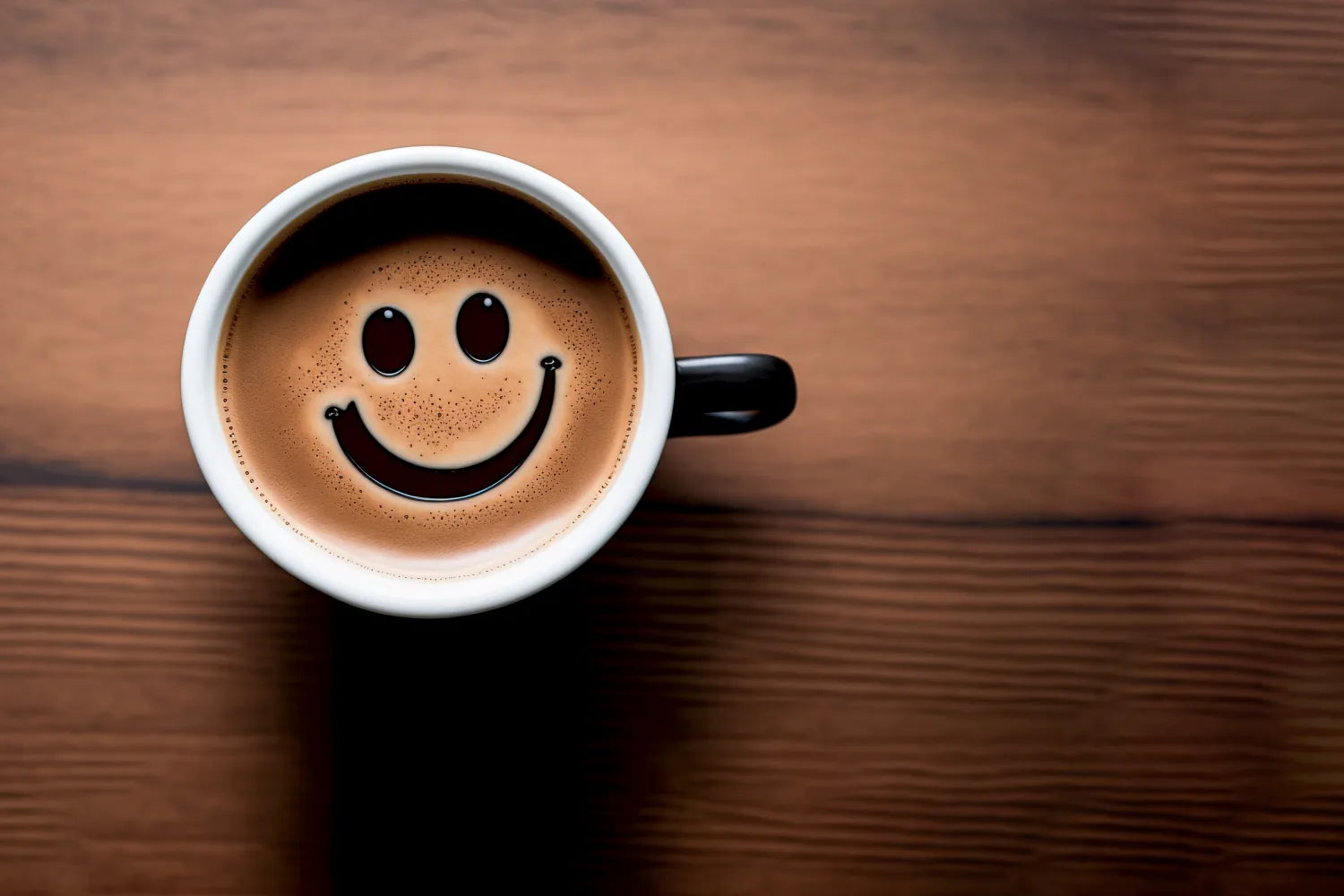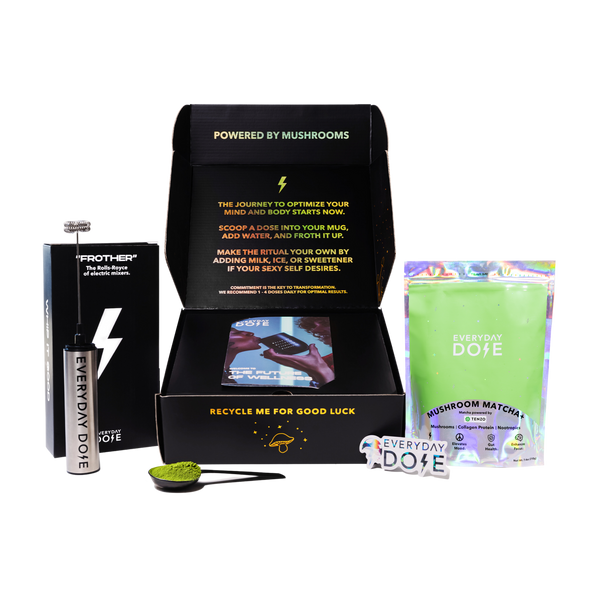What Makes a Good Coffee? A Guide to Aroma and Quality

When life gets busy and stress levels start to rise, many of us start to cut corners to save time throughout the day. This can even start with something as small as a cup of coffee. We’ve all had times when brewing a quick cup of instant coffee, buying cheap coffee grounds, or using a Keurig seemed like the best option.
It’s pretty easy to tell the difference between bad coffee and good coffee — especially when you’re used to the good stuff. But when you get down to the details, what makes coffee good or bad? What are the secret ingredients that can take your morning cup of joe from just okay to extraordinary? Read on to learn everything you know about what makes a good coffee.
What Makes a Good Cup of Coffee?
When you think of a good cup of coffee, you probably think of three key things: taste, aroma, and sediment. Bad coffee can taste burnt like charcoal, smell musty and old, and may have a ton of sediment in it, depending on how it was made — and no one likes a mouthful of coffee sediment.
On the other hand, good coffee can have deliciously complex flavor notes that range from citrus and plum to chocolate and cinnamon. Good coffee smells sharp and fresh and, if you brew it right, may not leave as much sediment in your cup.
Ultimately, these qualities are what sets a good cup of coffee apart from a bad cup of coffee. However, there are some key differences in coffee production that contribute to these qualities.
Bean Origin
The first thing to consider is bean origin. You might be thinking, “Come on, now — coffee is coffee. Isn’t all coffee the same?” And technically, you’d be right. Most coffee comes from a specific species of coffee plant called Coffea arabica. However, coffee cultivation is a bit more complex than that.
Coffee plants are grown all over the world, and each growing region has differences in the soil, climate, and water that affect the flavor of the coffee beans. Coffee can even taste different between two farms in the same growing region.
This is why so many people opt for single-origin coffee beans. This ensures that the coffee’s unique notes are protected instead of hidden behind a dozen other flavor notes from a dozen other growing regions. Some popular single-origin coffees include Columbian, Ethiopian, Guatemalan, and Indonesian.
Coffee Roast
Once the coffee beans are picked, they must be roasted to bring out their flavors and prep them for brewing. There are a dozen different ways to roast coffee beans, and each has its own uses and benefits.
For instance, dark roast coffee contains slightly less caffeine and brings out flavor notes like chocolate, cherry, and plum. It works better for brewing methods that involve steeping the coffee for longer, such as a Moka pot, espresso, and French press. Meanwhile, light roast coffee has more caffeine and is more acidic, brings out lighter notes like citrus, and works better for methods like pour-overs.
Freshly Ground Beans
After coffee beans are ground, they start to oxidize. This can cause the flavor to become muted and the coffee may even start to smell a little musty.
Instead, you’ll get the best cup of coffee if you buy whole beans and grind them as you need them. We know it can be inconvenient, but the taste really is unparalleled.
Filtered Water
There are two ingredients in coffee: coffee beans and water. This means that not only do you need to optimize your coffee beans, but you also need to get the best water for the job.
In general, most coffee snobs (hey, no judgment from us!) agree that the best water to use for coffee brewing is filtered water. Distilled water might seem like an obvious choice, but it is actually not recommended because the reverse osmosis purification process removes all of the minerals from the water. These minerals are part of what gives good coffee its sharp taste.
Brewing Method
Finally, consider how you’re actually making your coffee. Are you using a simple drip coffee pot, or are you using a French press? Some methods, like AeroPress and pour-overs, are specifically designed to highlight the complex flavors and textures of high-quality coffee.
Make sure the method you choose matches up with the type of coffee you’re making (for instance, using espresso roast coffee in an espresso machine) for the best results. You can still have a premium cup of coffee when you use simple methods like coffee pots, but you may lose some of the flavor during the brewing process.
Why Does It Matter?
Some people drink coffee simply for the caffeine — they don’t care about the taste. However, drinking coffee can be a full sensory experience if you take the time to enjoy it. It can be an opportunity to meditate and savor the good things about the world around you.
Think about all the things that make a good cup of coffee. Using longer brewing methods, grinding fresh beans, and taking time to source the best coffee beans all take a few extra minutes out of your day. It’s almost like the process of making and drinking high-quality coffee is an invitation to slow down all on its own.
How To Take Your Coffee to the Next Level
The tips we discussed above are the foundations of good coffee. However, if you really want to take your coffee to the next level, though, we have a few more ideas that can help.
These include the following:
- Try Something New: If you’re getting a little bored with your current coffee routine, change things up by trying a new type of coffee roast or a new brewing method.
- Opt for Low-Caf: Coffee can have over 100 mg of caffeine per cup, which can be enough to cause side effects in some people. Instead, opt for a low-caffeine option like our Mushroom Coffee+.
- Make Coffee a Ritual: Set aside 15 minutes of your day to really enjoy your coffee. Read the news, meditate, pick up a good book, or journal while you enjoy your cup of joe to make the ritual even better. As a bonus, you might even feel your stress levels go down.
- Try Functional Coffee: Lastly, choose coffee that actually comes with some major health benefits. Our Mushroom Coffee+ contains coffee extract, lion’s mane and chaga mushrooms, collagen protein, and L-theanine to help you stay on-task, all day.
The Bottom Line
When it comes to brewing coffee, the secret ingredient truly is love. We know it’s pretty cheesy, but while there are plenty of factors that can make a good cup of coffee (like bean origin and brewing method), the key to really enjoying your coffee is taking time to savor it.
Of course, it also helps when your coffee shows some love in return by offering crazy health benefits and giving you the energy you need to breeze through the day. Fortunately, our Mushroom Coffee+ can do just that. Learn more about the benefits of coffee by visiting our blog today.
Sources:
Coffees Serving Size Caffeine (mg) | Center for Science in the Public Interest
Does Coffee Have Terroir and How Should It Be Assessed? | PMC
10 health benefits of meditation and how to focus on mindfulness | UC DAVIS








